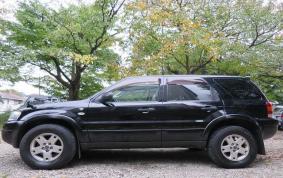Brooks Brothers, well-known for its high-end men’s clothing has decided to expand into

the world of fine dining. This is a first for the retail establishment, joining the ranks of other such ventures launched by others such as Tommy Bahama and Macy’s.
Brooks Brothers business plan is strikingly different, however, than those of both Tommy and Macy’s. Tommy runs about a dozen or so restaurants inside their stores, dubbing them Islands. The original Island-bearing store opened in 1996 in Naples, Florida, and brings into the cash box about $2,000 per square foot, over two times the sales at the company’s non-Island stores.
Macy’s stores have also had restaurants within the walls of their mega department stores for many years. The recently opened Stella 34 Trattoria, at Herald Square, is run by the Patina Restaurant Group, the same company that runs their other eateries. Macy’s Chief Executive Officer Terry Lundgren told investors that, because of the great views and better reviews, “the restaurant is doing spectacularly well.”
Brooks Brothers has a whole other approach to feeding the hungry hordes in mind, however. Their store, which will go by the moniker “Makers and Merchants, will not be inside the premises, but around the corner from its main store in midtown Manhattan.
“As the restaurant concept is still in development and not planned to open at least until summer 2014, we have no further comment,” company spokesman Arthur Wayne wrote in an e-mail.
The restaurant will be housed in the 15,000 square-foot space that used to be the Brooks Brothers women’s line, on East 44th Street. This stand-alone paradigm means the restaurant will have to compete with every other fancy restaurant in midtown Manhattan, a distinct disadvantage over the Tommy Bahama and Macy’s models, which entices people to come an eat while they are in the middle of building up heady appetites spending money.



